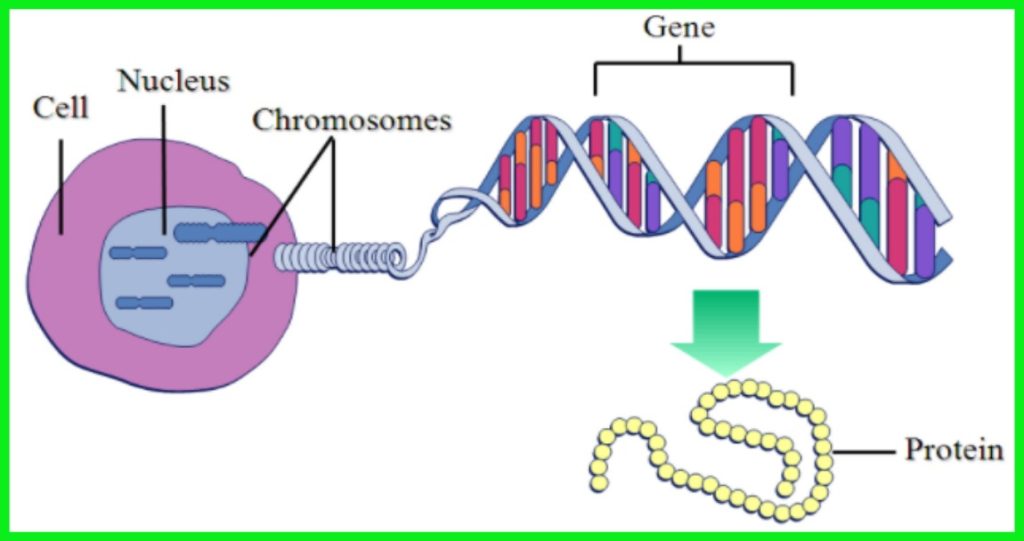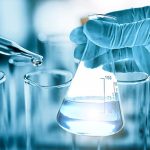DNA
But your genes also mean that you probably look a bit like other members of your family. For example, have you been told that you have ‘your mother’s eyes’ or ‘your grandmother’s nose’?
Genes influence what we look like on the outside and how we work on the inside. They contain the information our bodies need to make chemicals called proteins. Proteins form the structure of our bodies, as well playing an important role in the processes that keep us alive.
Genes are made of a chemical called DNA, which is short for ‘deoxyribonucleic acid’. The DNA molecule is a double helix: that is, two long, thin strands twisted around each other like a spiral staircase.

The sides are sugar and phosphate molecules. The rungs are pairs of chemicals called ‘nitrogenous bases’, or ‘bases’ for short.
There are four types of base: adenine (A), thymine (T), guanine (G) and cytosine (C). These bases link in a very specific way: A always pairs with T, and C always pairs with G.
The DNA molecule has two important properties.
· It can make copies of itself. If you pull the two strands apart, each can be used to make the other one (and a new DNA molecule).
· It can carry information. The order of the bases along a strand is a code – a code for making proteins.
Genes
A gene is a length of DNA that codes for a specific protein. So, for example, one gene will code for the protein insulin, which is important role in helping your body to control the amount of sugar in your blood.
Genes are the basic unit of genetics. Human beings have 20,000 to 25,000 genes. These genes account for only about 3 per cent of our DNA. The function of the remaining 97 per cent is still not clear, although scientists think it may have something to do with controlling the genes.
Chromosomes
If you took the DNA from all the cells in your body and lined it up, end to end, it would form a strand 6000 million miles long (but very, very thin)! To store this important material, DNA molecules are tightly packed around proteins called histones to make structures called chromosomes.

Human beings have 23 pairs of chromosomes in every cell, which makes 46 chromosomes in total. A photograph of a person’s chromosomes, arranged according to size, is called a karyotype.
The sex chromosomes determine whether you are a boy (XY) or a girl (XX). The other chromosomes are called autosomes.

The largest chromosome, chromosome 1, contains about 8000 genes. The smallest chromosome, chromosome 21, contains about 300 genes. (Chromosome 22 should be the smallest, but the scientists made a mistake when they first numbered them!).
The DNA that contains your genes is stored in your cells in a structure called the nucleus.

A diagram of animal cell showing the nucleus


